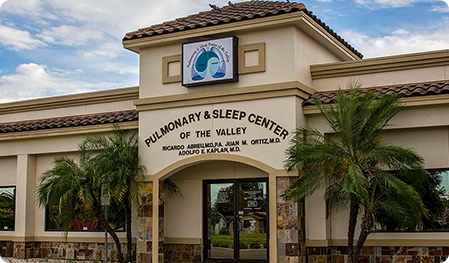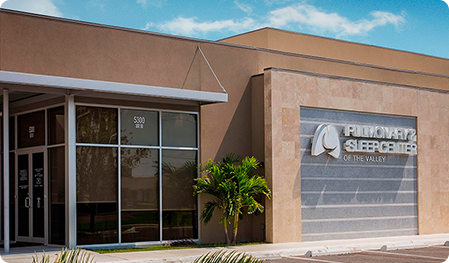Interventional Bronchoscopy
As a form of interventional pulmonology, interventional bronchoscopy can be used as both a diagnostic tool and as a treatment tool. This approach involves inserting a flexible tube, called a bronchoscope, through the nose or mouth and into the airways. This tube may carry a camera or other tools that can be used to perform procedures.
Procedures that may be accomplished during an interventional bronchoscopy include biopsies, placement of an airway stent, balloon bronchoplasty to open up obstructed airways, and more. These procedures can relieve obstructions, improve breathing, and help in the diagnosis of conditions such as lung cancer.



